Where Is It?
Just off Bury New Road, bounded by Moor Lane, Heathlands Road and St. Paul’s Churchyard
What is it?
Eight hectares of tranquil moorland, with a not-so-tranquil history.
How to get there from Bury New Road…
Easiest access points are on Moor Lane, a few hundred yards up from Bury New Road, next to St Paul’s Church
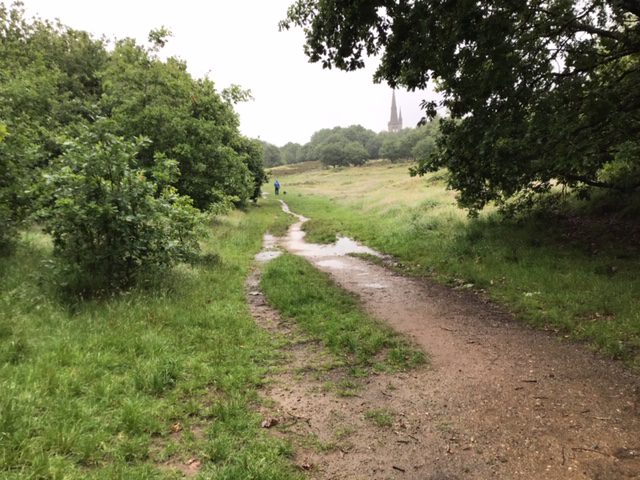
Fascinating Facts and Info…
Kersal Moor is the oldest site in Manchester that has been used continuously for sport, dating back to at least 1681, with the first horse racing taking place in 1687. It has also been used for archery, cricket, tennis, cock fighting, public executions, demonstrations and local celebrations.
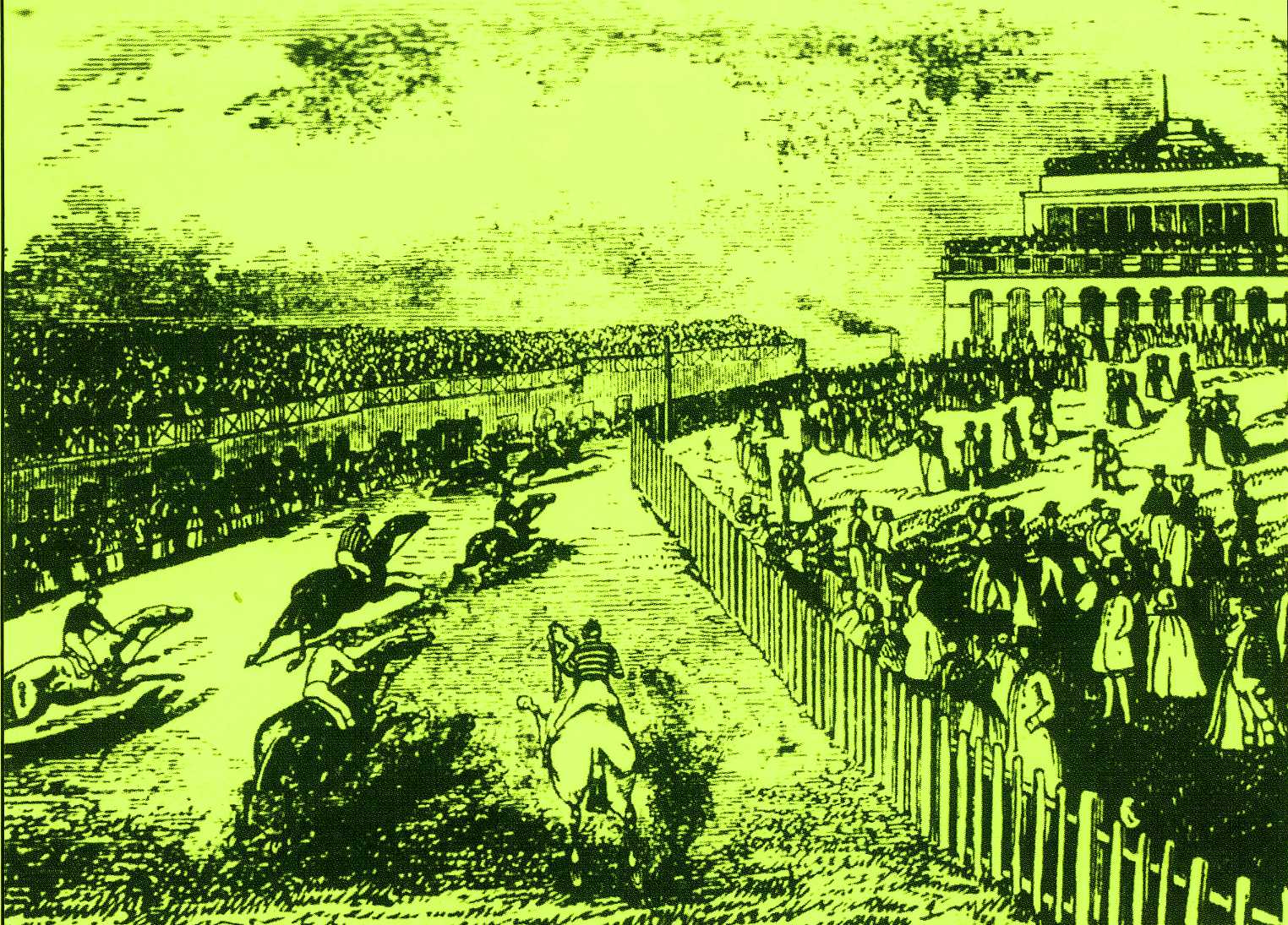
Kersal Moor is also the site of the first golf course ever built between the rivers Tweed and Thames, with the first game played there in 1881, while The Old Manchester Golf Club is the second oldest club in England. Originally begun with matches on Kersal Moor, the Club was moved by the Clowes family to Broughton Park, before finding a new home on Kersal Dale.
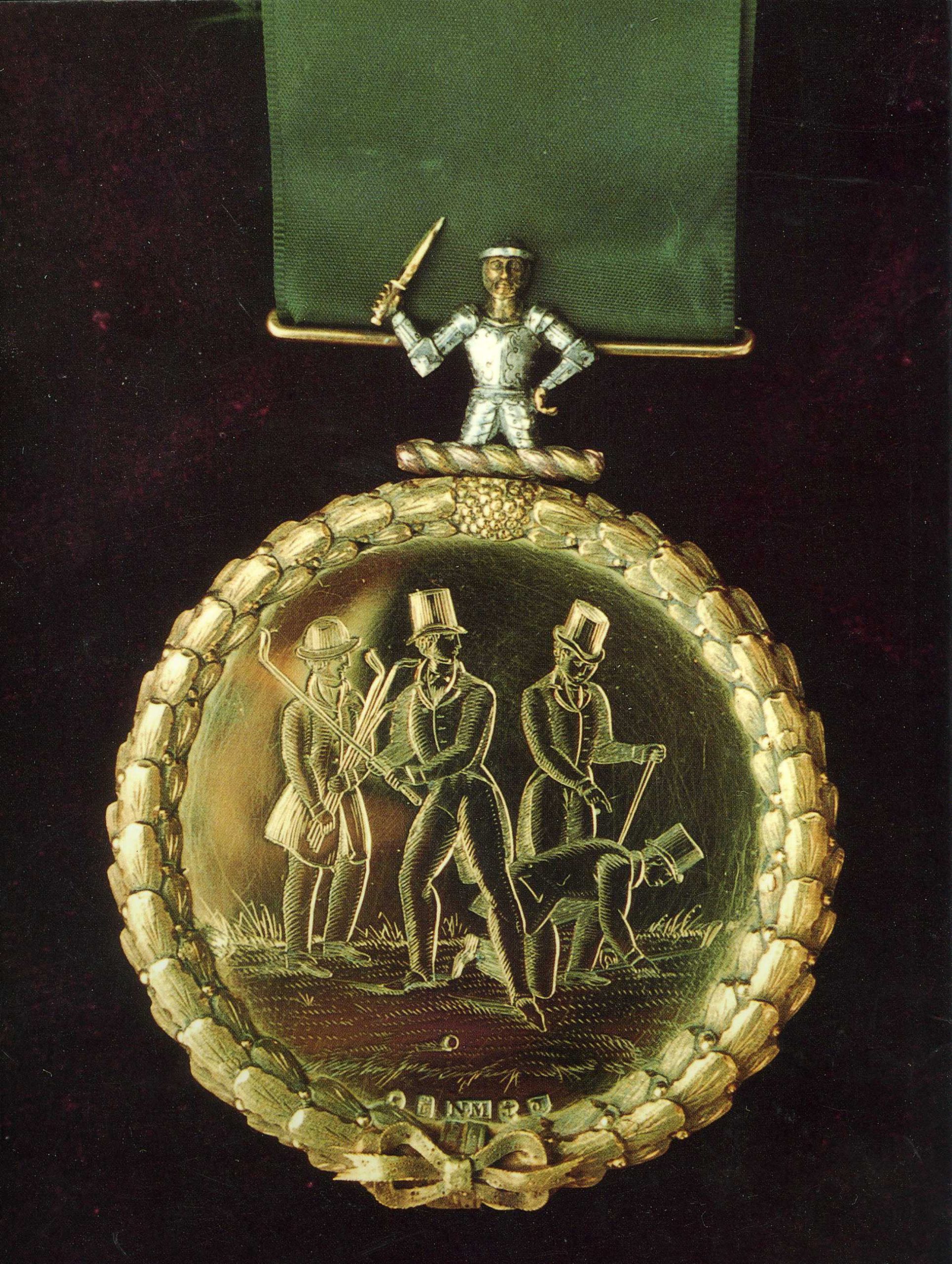
Streets that bound Kersal Moor provided the backdrop for John Schlesinger’s 1962 classic kitchen sink film, A Kind of Loving, with Alan Bates, June Ritchie and Thora Hird. The film was incredibly popular on its release, the sixth biggest box office hit that year, while its stars and creators were nominated for four BAFTA awards.

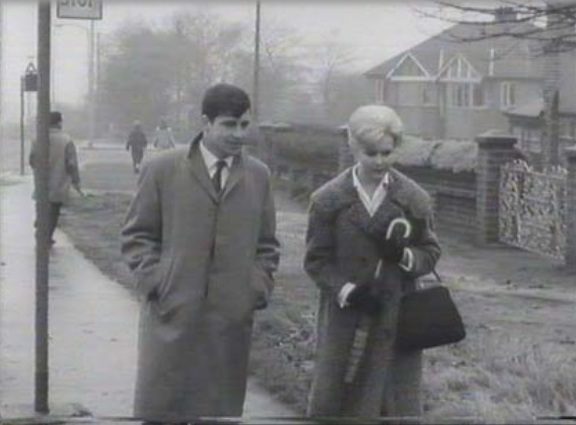
Film sleuth site, Reel Streets, has revealed that Alan Bates and June Ritchie trod the pavements of Moor Lane (bus stop scene), Heathland Road (Ingrid’s mother’s house) and Kellbrook Crescent (a wasteland before it was built on). Mr and Mrs Rosenbloom had the cameras in their house at number 2 Heathfield Road. Other scenes were shot in Radcliffe, Bolton, Blackburn and East Manchester.
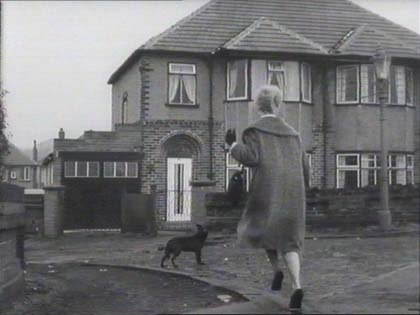
Kersal Moor was also the site of nude racing by men, so that women could choose a husband. The most famous example of this is ‘Spanking Roger’, the nickname of a Major General, Royer Aytoun, who in 1796 was chosen this way by Barbara Minshull, a sixty five year old wealthy heir to Hough Hall in Moston. He also had the Spanking Roger pub named in his ‘honour’ near Moston.
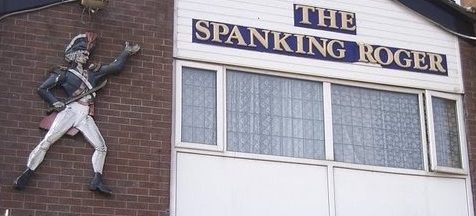
Kersal Moor was mentioned by Friedrich Engels in his classic book The Condition of the Working Class in England… “Manchester lies at the foot of the southern slope of a range of hills, which stretch hither from Oldham, their last peak, Kersall moor, being at once the racecourse and the Mons Sacer of Manchester…” ‘Mons Sacer, literally ‘sacred mount’, was a hill in ancient Rome, the site of a poor people’s revolt (secession) against the ruling class at the time. Engels was referencing the Chartist rallies on the Moor in 1838 and 1839. Engels was also supposed to have ridden his horses on the Moor.
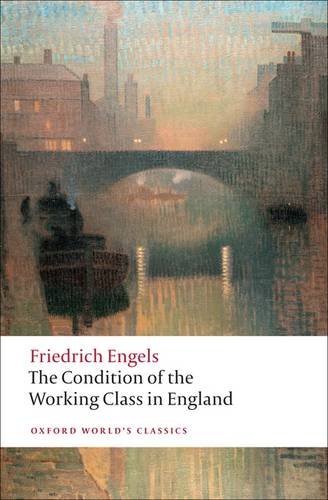
The famous racehorse, Red Rum, visited Kersal Moor in the late 1970s, after being the star guest at the Littleton Road Carnival.
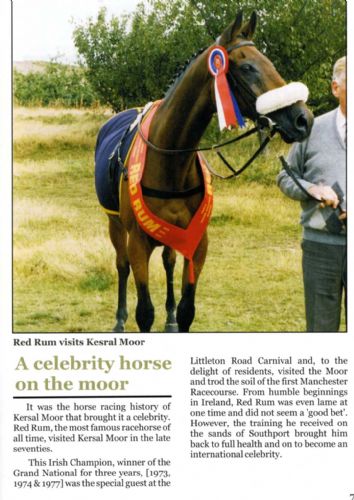
Archaeological digs have discovered evidence of Neolithic families living on Kersal Moor, while Roman pottery was found in nearby Rainsough in the 1980s. In 1142, an order of Benedictine monks had the rights to the Moor, granted by King Stephen.
The great Chartist rallies of 1838 and 1839 took place on Kersal Moor, which were the beginnings of the birth of democracy in the UK.*
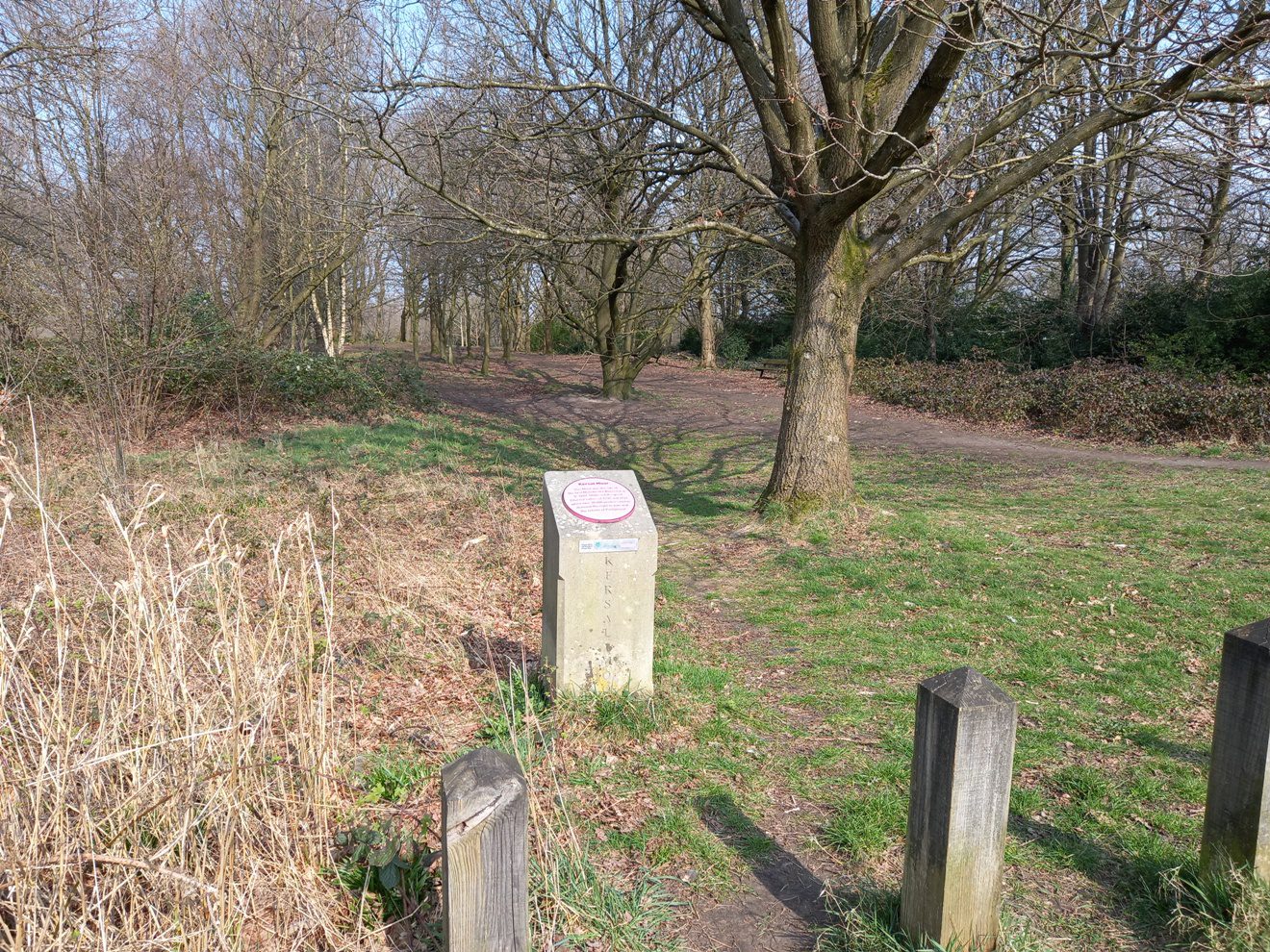
Why Is Kersal Moor Not A Moor?
Many folk ask why it’s called ‘a Moor,’ when it is surrounded by a dense ring of trees and bushes. Once upon a time the Moor really was a moor, bordering the River Irwell and characterised by a sandy soil left from the action of the Ice Age. The great sheets of ice rolled the rocks over the ground grinding them into fine pieces and sand. As you walk the Moor you may be surprised to see great patches of sand, once called ‘the Beach’ by children. Mosses, acid grasses and heather grow happily on this shallow sandy covering. Its uniqueness has led to it being registered as a Site of Biological Importance.
During Victorian times, local builders dug out the sand for their trades, eventually reducing the height of the highest point, called Sandy Hill. In 1973 a national programme Plant A Tree for ’73 was applied to the Moor, and the current ring of trees was planted by Salford Council. St Pauls Primary School was then on the Moor, first being built in 1861. The Moor now has a very varied mix of trees, including fruit trees. This is why the Moor isn’t a moor but a wood…
Of latter years, the trees have been encouraged for the clean air benefits but the centre of the Moor is maintained as an open space. There are still older locals who remember the open spaces when it was a sandy moor. Recently the trees have been thinned to allow light to the ground, in the hope that woodland flowers may grow, with the removed branches stacked into ‘dead hedges’ as shelters for small creatures…
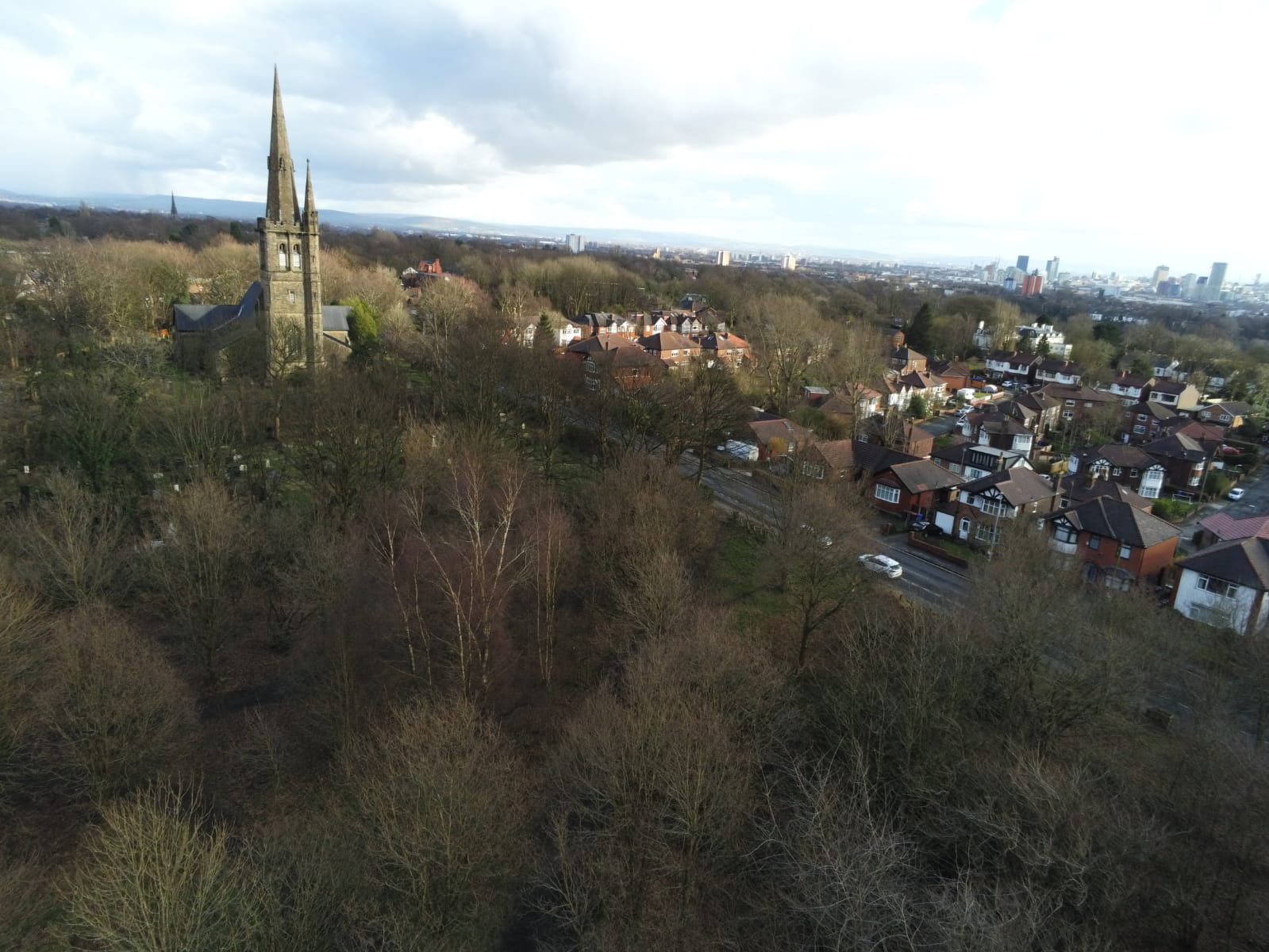
What else is there to see?
St Paul’s Church on Moor Lane is Grade II listed and dates from around 1851. In the adjacent churchyard are buried many of the great and good of the area, including Alexander Tom Cussons and his wife Emily Jane, of the famous soap family.
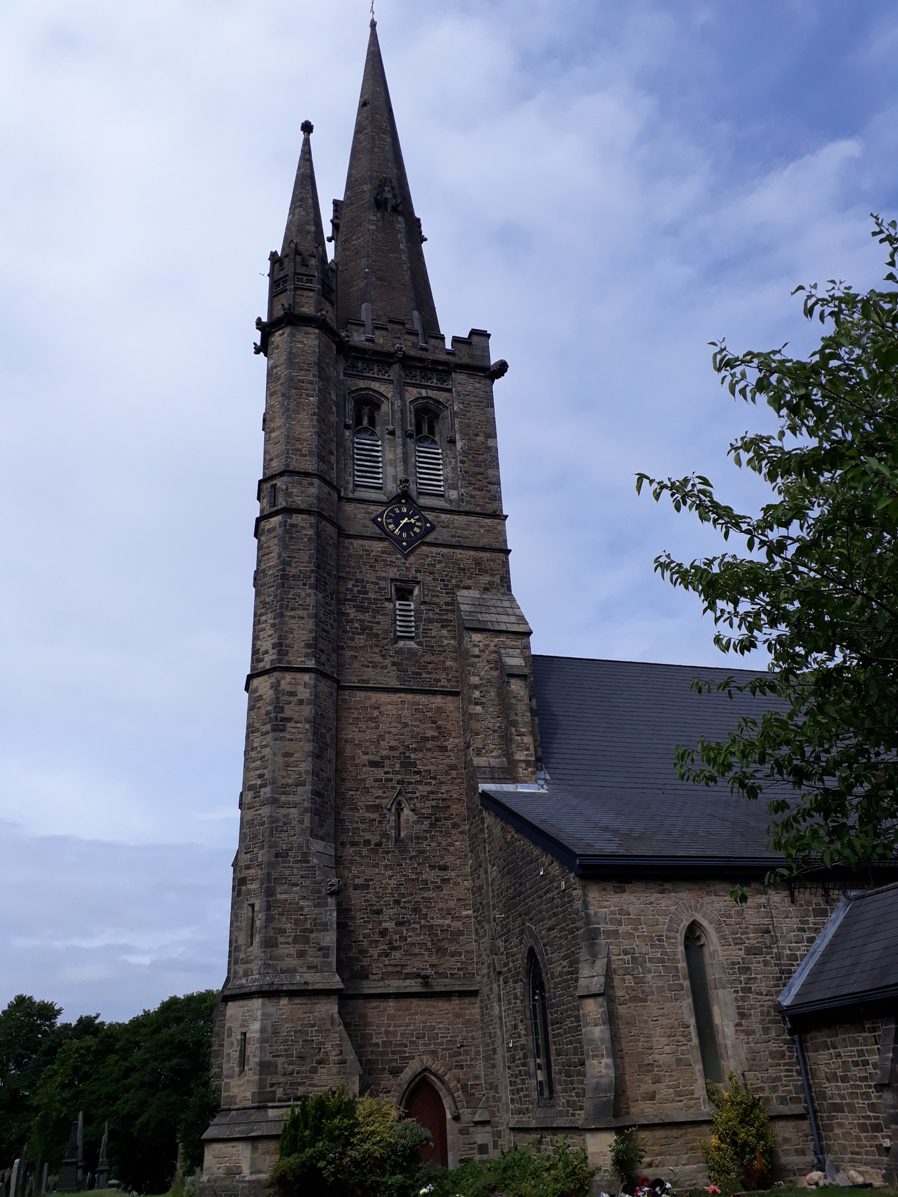
In mid-Victorian times, the Cussons had their family house on Kersal Moor, called Oaklands House, which gave its name to Oaklands Road, that runs from Moor Lane down to Littleton Road. It was a large impressive building at the end of Vine Street, with a unique collection of orchids in its greenhouses. The area is now occupied by Degas Close and Tuscany View. In 1941 a bomb fell on the garden, doing a great deal of damage and may be responsible for the spread of the Indian or Himalayan balsam all along the Irwell.
Meanwhile, the family factory, which originated as a chemists and drysalters, was situated at the bottom of Moor Lane, on Kersal Vale Road, spreading across the Salford border into Bury. Its famous Imperial Leather soap was known for its creamy lather, long lasting fragrance and a little label which stops it from going slimey, as it doubles as a soap stand.

The original fragrance dates back to 1768 when a Russian nobleman called Count Orlof commissioned a brand of perfume from Bayleys of Bond Street in London. The perfume was called Eau de Cologne Imperiale Russe, and was said to have whiffed of the smell of leathers worn by Russian royalty.
Cussons had bought Bayleys of Bond Street and Imperial Leather soap was manufactured in 1917 at the Kersal Vale factory, initially called Russian Leather but soon renamed as Imperial Leather. Legend has it that its creation was the result of a sales order for the Russian Court just before the Tsar and family were executed, and that the shape resembled saddle soap.
The Cussons family moved from Oaklands House in 1948, while the factory was demolished in 2010. It is now the site of new housing.

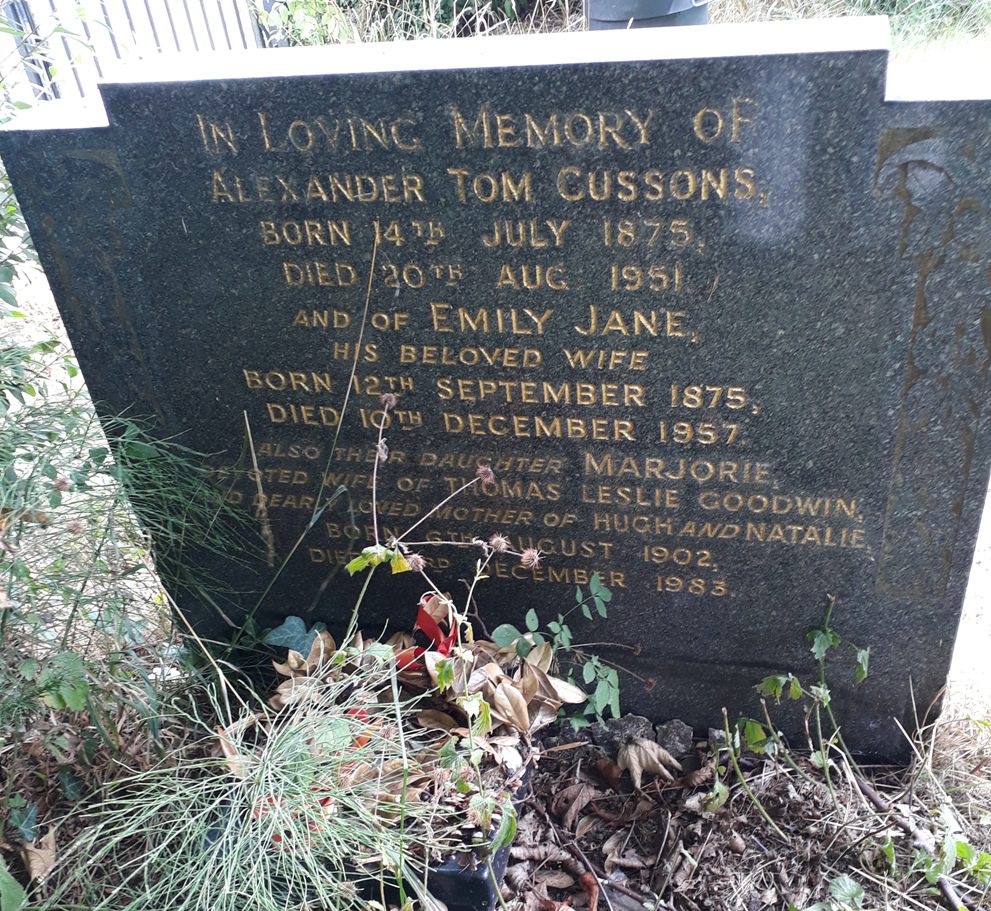
See also:
A History of Sport on Kersal Moor – click here
The Chartists – Bury New Road Births Democracy – click here and click here
Hangings, Suicides and Ghosts on Kersal Moor – click here
An Interactive Nature Trail Map of Kersal Moor, in the footsteps of the Artisan Naturalists – click here
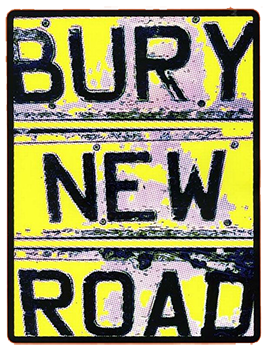
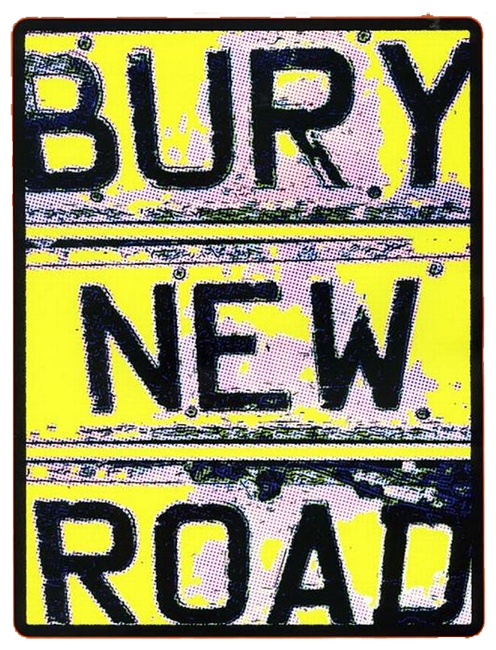
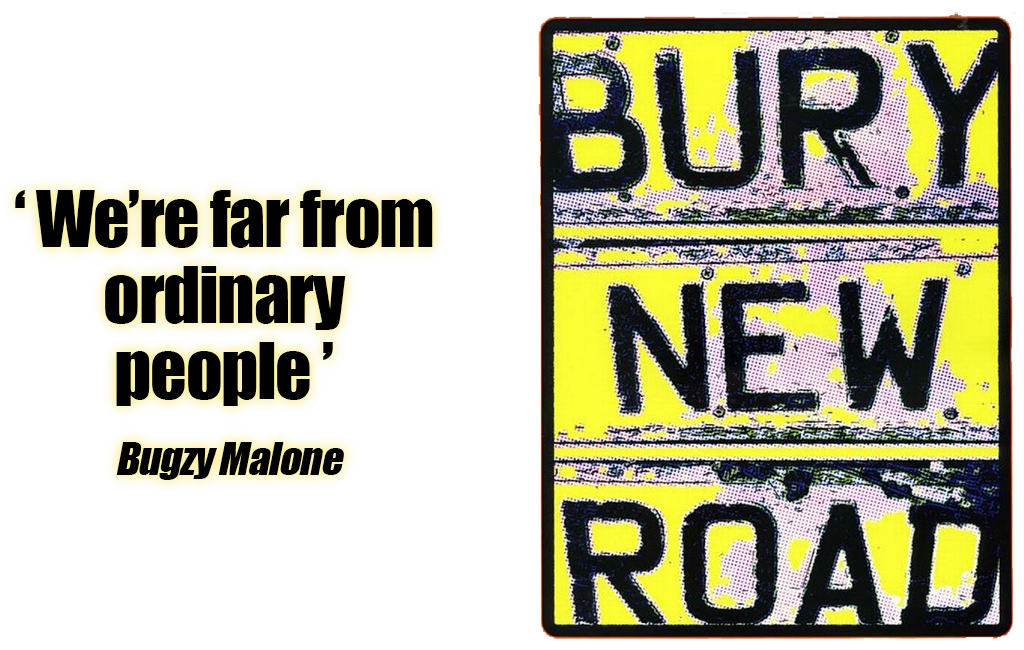
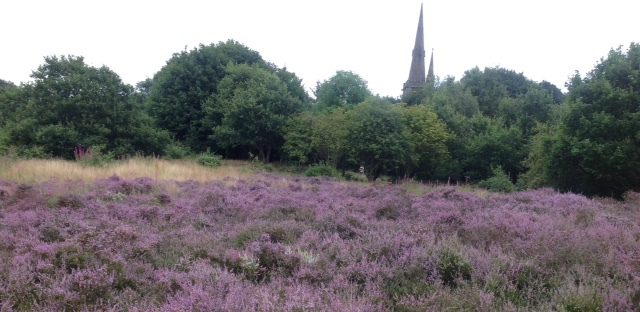

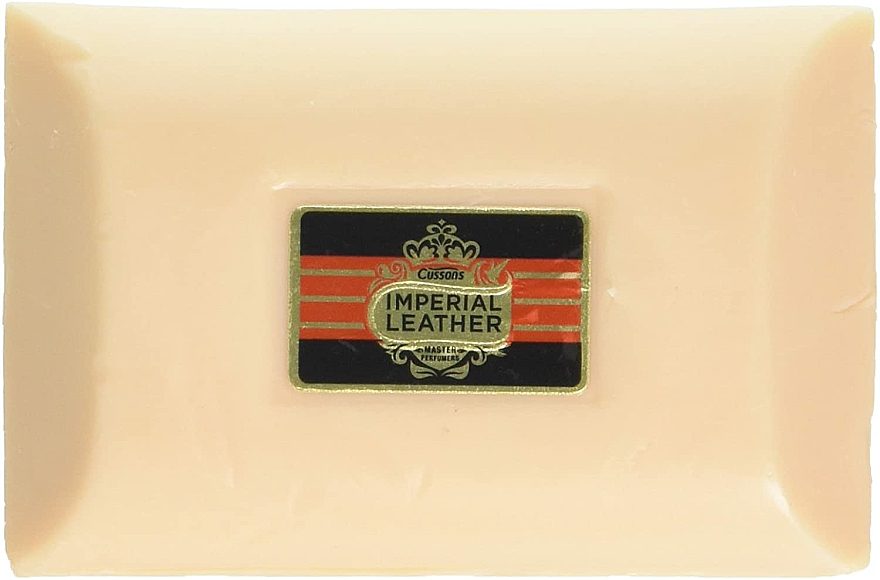





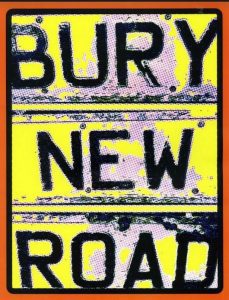



Also home to the mysterious moth ‘Euclemensia woodiella Curtis’, which vanished soon after it was discovered, with only three specimens being preserved.
Its discovery by a weaver in 1829, and the probable answer to its disappearance, makes an interesting read
https://collector-secret.proboards.com/thread/1745/strange-tale-euclemensia-woodiella-curtis
A most interesting presentation of Kersal Moor.
An extra interest for the reader would be to explain that Kersal is part of the City of Salford (granted the status of a city in 1926), also known at various times as the Salford Hundred, Salfordshire, the Royal Manor of Salford, and the Salford wapentake. It was one of the subdivisions of the historic county of Lancashire, its name alluding to its judicial centre (the township of Salford). It is also associated with another title ‘the Portmote of the Borough of Salford’ and indicates links with early judicial arrangements (Courts Leet and Port Moot).
A ’hundred’ is an administrative division which is geographically part of a larger region. A ‘wapentake’ had Germanic (Angles/Saxons/Mercians) and Norse (Viking) origins, suggesting a method of voting at a meeting (moot/gemōt) by the display or raising of weapons, indicating an assent or agreement to what is being proposed and a pathway to a democratic society albeit, in its earliest manifestation, one limited to the male warrior classes.
Of further interest is that in 1142, a monastic cell dedicated to St. Leonard was established in Kersal, and later (16th-century) a manor house (Kersal Cell) was built on the site.
Great picture of Red Rum. I have always been a big fan of his, and have quite a bit of memorabilia. What date did he visit Kersal Moor?
Hi – as an educated guess I would say 1977 after he’d won his last National